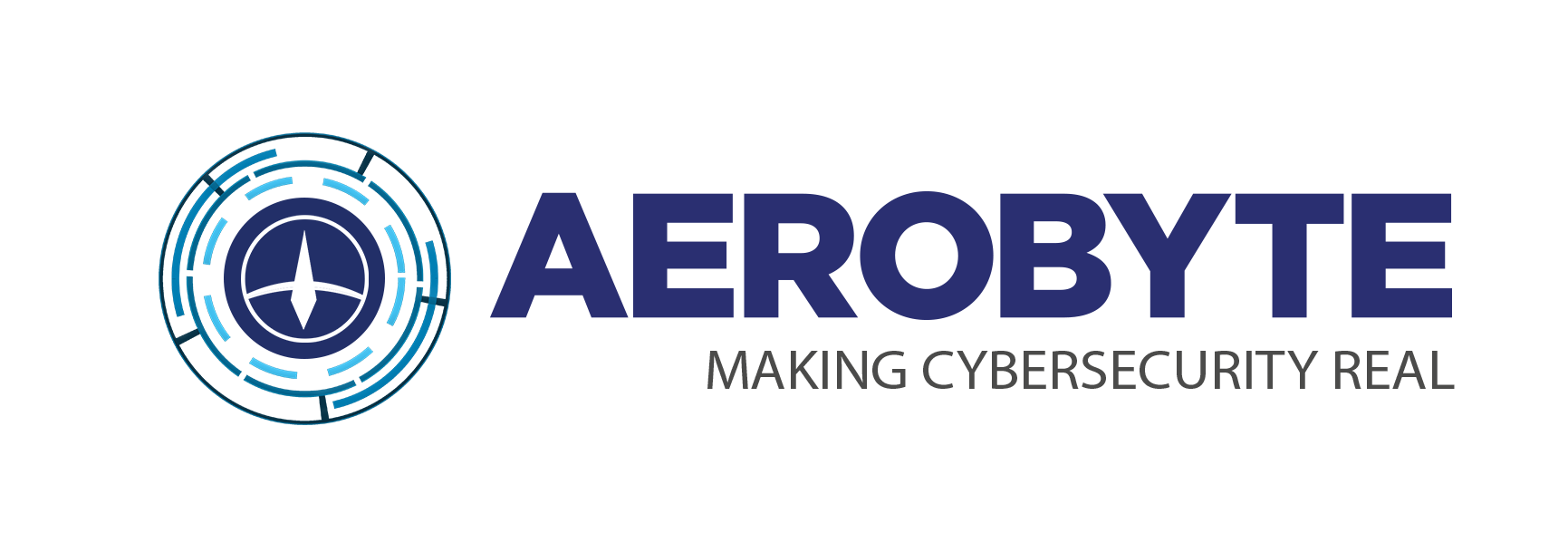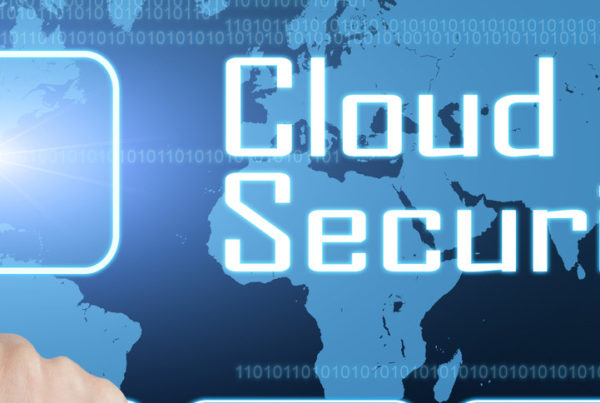Zero Trust Architecture utilizing ZTNA is the future of authentication.
It took a long time, but the industry is starting to realize that today’s Cyber Security architecture does not work no matter how much money you must spend. Finally, the world is beginning to evaluate the Zero Trust Architecture by redefining previous security models.
Aerobyte Founding team has been a big proponent of building Trusted Connections Everywhere; the industry has dubbed this space as Zero Trust Security Architecture to put it simply, is the ability to create a policy, procedure, and methodology of identifying either a user, device, application, or service, without reputation while maintaining anonymity. Over the next 3 to 5 years, this term will be used loosely, and it is essential to know that not all Zero Trust Security Architecture is the same. In fact, since most deployments of Zero Trust Security Architecture do not have the proper policies, procedures, or methodology of maintaining the interested system’s integrity, I will cover this in another blog post.
Zero Trust solves some significant cybersecurity weaknesses for the internet and the cloud.
The Zero Trust process’s harshest definition is Never Trust Always Verify, which means I do not care who or what you are. Even if I know you, I do not care; you must present the appropriate credentials, aka “Private Key,” to enter. Depending on where you are authenticating, that could be on the workstation, device driver, network edge, “which by the way is called zero-trust network authentication (ZTNA), system, server, application, or service. In a nutshell, you are validating the person’s credentials outside of the organization’s network.
ZTNA can be compared to showing a special membership card at the door to a private event.
Suppose you do not have your key, even though everyone knows your not entering the event. Some of the limitations of today’s zero-trust security systems are that most organizations, even the big ones, leave Private Keys exposed and have weak security protocols around Key Distribution and storage.
Zero Trust Architecture does come with considerable risk for organizations that deploy this technology quickly.
It’s important to plan out your strategy. Do not give up; there are solutions to address these key issues and provide the basic foundations and building blocks for building an innovative, nimble, scalable that will carry organizations from today well into the future. Christopher Burgess wrote a blog on the basics of a Zero Trust Security Architecture.






